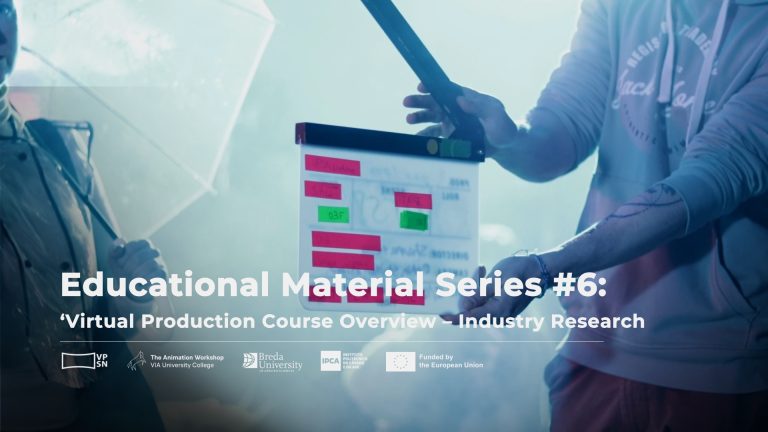
Zoltan Batho G
XR Specialist, VFX Producer / Virtual Production from Breda University of Applied Sciences.
In the ever-evolving filmmaking landscape, new technologies continually reshape how movies are created, pushing the boundaries of creativity and efficiency. One of the most groundbreaking advancements in recent years is Virtual Production (VP), a cutting-edge approach that seamlessly blends physical and digital elements to transform the production process.
We had the privilege to interview Zoltan Batho G (Digic Pictures), award-winning Digital Producer, business developer and VFX & VP Producer with more than a decade experience in the industry, working at Rotor Studios, DIGIC Pictures, Knights of the Zodiac (Sony) and now at Breda University of Applied Sciences. Additionally, Zoltan is the author behind the Virtual Production blog, Virtual Production Services.
Q: You have recently start working in Netherlands. Observing the industry and usage of VP, how would you describe the current situation there?
Taking into consideration, Dutch companies are very well established in creating advanced hardware equipment for VP rather than using them in services. The Netherlands is not known for its huge film industry, as there aren’t too many movie productions in the country where VP can play a big role.
Q: How do you foresee the growth of virtual production in your area over the next few years?
I believe VP (not necessarily LED VP) will be more adopted by smaller scale, indie productions as well due to the better understanding of the technology and availability of the smaller scale VP solutions.
Q: Do you think there is a growing demand for specialists in specific areas of virtual production, such as Unreal Engine (UE) artists or developers?
Definitely. While the entertainment industry is not in its best shape, Unreal Engine Technical Artists and Developers are continuously sought after, and it’s very difficult and rare to find good, on-set ready artists and developers who can be involved in fast-paced movie projects. In addition, most of them work in the game industry. So, finding the right tech artists who have any experience or even a desire to work in the movie industry is even more challenging, as that requires at least a bit of being extrovert, which is usually not the case.
Q: How could the industry address these shortages?
Training, training, training. Courses, open days, Edu level education, etc.
Q: Are there any resources or training programs you recommend for others looking to develop skills in virtual production?
Definitely Unreal Engine’s learning portal and Unreal Fellowship.
Q: What is the most valuable lesson you’ve learned while working in virtual production?
Defining a common language is key – gaffers, first AD, dop, director, unreal operator, etc, they all use different languages. So, finding common language between all team members is really important for smooth and productive teamwork during production.
Q: What advice would you give to someone just starting out in virtual production or aspiring to work in this field?
Learn at least photography, and also cinematography. Understanding light, manual photography (f-stops, aperture, etc.). Then unreal. 😊
On the other note- never stop learning, connect with professionals on LinkedIn, follow them, go to conferences like FMX and be kind.
Q: How do you think emerging technologies such as AI, VR, and AR will influence the evolution of virtual production?
I believe these technologies will merge and will create a new “industry”, such as immersive movies, where viewers will be able to change the plot (partially or completely). Anyone and everyone will be a “director”.
Q: Following this thought- where do you see virtual production heading in the next 5-10 years?
AI will definitely play a major role in Virtual Production. Most probably the size and the structure of the VAD teams will also change. I believe the focus will also shift from LED volumes to full VP productions (i.e. creating everything digitally, full CG movies which would look like “real” movies).



